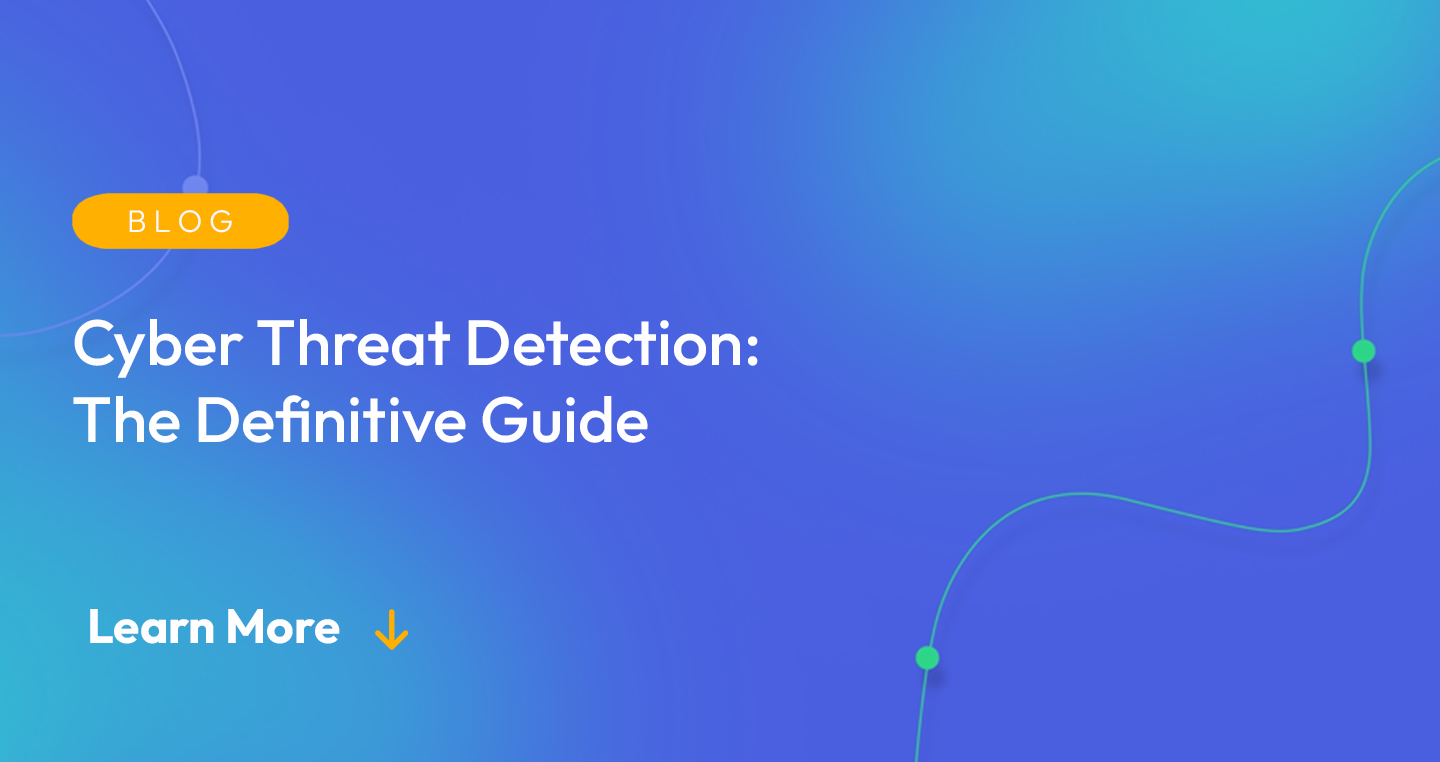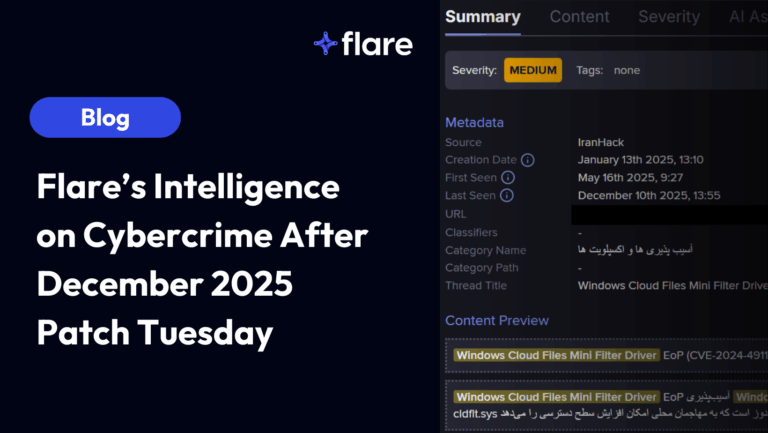
In today’s interconnected world, cyber threats continue to rise, while traditional cybersecurity techniques are becoming less effective and costlier. Coupled with the challenges of hiring skilled cyber professionals, it is evident that cybersecurity needs to change.
To reduce cyber threats for organizations and individuals, it is crucial to understand the different types of cyber threats to effectively detect and mitigate them.
What Are Today’s Most Common Cyber Threats?
Understanding the realm of cyber threat detection begins with recognizing the threats themselves. We’re continuing to witness a surge in the sophistication and diversity of cyber threats. As the online landscape becomes more complex, so do the digital dangers organizations face:
Malware Attacks
Malicious software designed to harm or exploit computer systems. It can include:
- Viruses
- Worms
- Ransomware
- Spyware
They often infiltrate systems through infected downloads or malicious email attachments, causing damage or stealing sensitive information.
Spear Phishing Attacks
Type of cyber attack where attackers use deceptive techniques, such as impersonating legitimate organizations or individuals, to trick users into revealing confidential information like passwords, credit card details, or login credentials.
This is commonly done through:
- Fake emails
- Websites
- Messages that appear trustworthy
Denial-of-Service (DoS) Attacks
DoS attacks aim to disrupt or disable computer systems or networks by overwhelming them with a flood of traffic, rendering them unable to handle legitimate requests. This results in services becoming unavailable to users, causing inconvenience or financial loss.
Insider Threats
Insider threats involve individuals within an organization who have authorized access to systems or data but misuse that access for malicious purposes or inadvertently compromise security. This can include employees intentionally stealing or leaking sensitive information, or unintentionally causing harm due to lack of awareness or negligence.
Understanding these common cyber threats provides the foundational first step for effective cyber threat detection. As technology evolves, so do the methods employed by cybercriminals, making continual learning and adaptation essential in the realm of cybersecurity.
Popular Cyber Threat Detection Techniques
In response to the vast array of cyber threats, cybersecurity professionals employ a wide range of detection techniques. These strategies continue to evolve in line with the threats they’re designed to counteract.
Intrusion Detection Systems (IDS)
IDS tools monitor network traffic and analyze it for suspicious activities or known attack patterns. They generate alerts or take preventive actions to detect and mitigate potential cyber threats, providing valuable insights into ongoing security incidents.
Security Information and Event Management (SIEM)
SIEM integrates with platforms that collect and analyze security event data from various sources, such as logs and alerts generated by network devices, applications, and systems. By correlating this information, SIEM systems can identify patterns, detect anomalies, and provide real-time threat intelligence for proactive response and threat mitigation.
Endpoint Protection
Endpoint protection involves implementing security measures on individual devices, such as computers or smartphones, to defend against cyber threats. This includes deploying antivirus software, firewalls, intrusion prevention systems (IPS), and conducting regular updates and patches to safeguard against known vulnerabilities.
User Behavior Analytics (UBA)
UBA solutions analyze user activities, behaviors, and patterns within a network or system. By establishing a baseline of normal behavior, UBA tools can identify deviations or anomalies that may indicate potential cyber threats, such as compromised user accounts or insider attacks, helping organizations detect and respond to threats promptly.
By leveraging these popular cyber threat detection techniques, organizations can protect themselves from common cyber threats. However, with new threats constantly emerging, continuous adaptation and evolution of these methods are vital. Cyber threat detection SaaS platforms play a critical role in keeping organizations one step ahead of the cyber threat curve.
Cyber Threat Detection Best Practices
Optimizing your cyber threat detection strategy demands a blend of cutting-edge technology, expert knowledge, and stringent best practices. Whether you’re a multinational corporation or a small start-up, following these four best practices can significantly enhance your threat detection capabilities:
- Regular Vulnerability Assessments: Conduct routine vulnerability assessments to identify weaknesses in your systems.
- Security Awareness Training: Educate employees about cybersecurity best practices to minimize the risk of falling victim to cyber threats.
- Incident Response Planning: Develop a comprehensive plan to efficiently respond to and mitigate cyber incidents.
- Continuous Monitoring: Implement a robust monitoring system using Flare to detect threats in real-time and respond promptly.
By integrating these best practices into your cyber threat detection strategy, you can create a more secure and resilient digital environment. Remember, threat detection is a continuous process that evolves with the ever-changing cyber threat landscape. As such, regular evaluation and adjustment of your strategies are essential to stay ahead of potential threats.
The Future of Cyber Threat Detection
Cyber threat detection becomes more sophisticated than ever before. And the future of cyber threat detection holds immense potential for advancements:
- Artificial intelligence and machine learning will continue to play a vital role in analyzing vast amounts of data to identify and respond to emerging threats in real-time.
- Predictive and behavioral analytics will enable proactive detection, allowing organizations to stay ahead of cybercriminals.
- Enhanced automation and orchestration will streamline incident response, minimizing response time and mitigating the impact of attacks. Collaboration and information sharing among organizations will strengthen collective defenses against evolving threats.
It is clear that the future of cyber threat detection lies in technological advancement, collaboration, and proactive defense strategies. As cyber threats grow in complexity, so too must our methods for detecting them.
Flare: Cyber Threat Detection
Cyber threat detection is a critical aspect of maintaining a secure digital environment. By understanding different types of threats, implementing the right detection techniques, following best practices, and leveraging the newest technologies, individuals and organizations can enhance their ability to identify and respond to cyber threats effectively.
Flare leverages AI to enable cyber teams in best protecting their organizations:
- We launched Flare’s AI Powered Assistant that contextualizes and summarizes threats so your team can take action faster.
- With the Threat Actors Profile, identify threat actor TTPs, motives, industry targeting, and other data. It also tracks similarities between cybercriminals and lets you know when one threat actor is using different usernames.
- With Autonomous Takedowns, Flare can takedown lookalike domains and GitHub threats so your team isn’t overwhelmed. Save analysts hours per week by cutting Mean Time to Repair Reduction by 90+%.
Schedule a demo to see how your team can level up your cyber threat detection with Flare.





